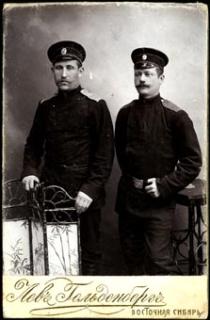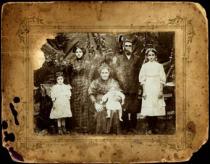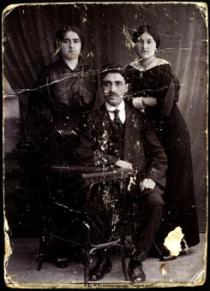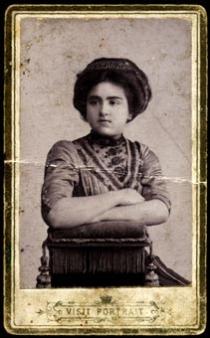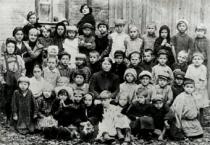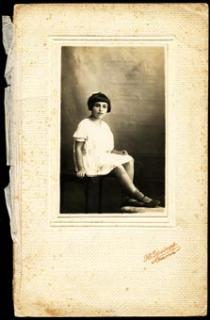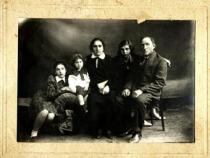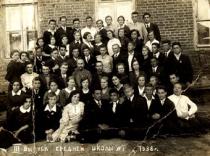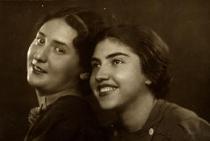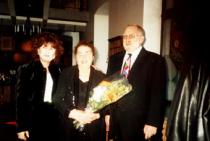This is me and my schoolmate Raisa Ioffe. We are both 17 years old here. This picture was taken in 1938 in Leningrad before entering university. We are young and cheerful here. It was summertime and we were in a good mood, because we came to such a big city for the first time in our lives. In several days I entered the Leningrad State University, the Faculty of Biology and Soils and Raisa entered the Leningrad Polytechnical Institute.
In 1938 I decided to enter Leningrad State University. I stayed with my elder sister Divora, who was already married to Abram Marshak by that time. They lived in the Petrogradsky District of Leningrad. The competition at the Faculty of Biology and Soils was seven persons per position, so it was not easy to enter. There were a lot of exams, not like nowadays. We took exams in political economy, various languages and many other difficult subjects. However, I passed all of them and entered. I lived with my sister or at the university dormitory during that period. It was located in the university yard at that time and was called ‘Nauchka.’ The living conditions were horrible: 37 people lived in our room. Besides, there were rats there and they jumped on us from the wardrobes. The University Astronomical Time Service is located in that building now. Later I lived in a dormitory on Dobrolyubov Avenue, it was much better.
When I came to the university for the first time, at the end of the university corridor there hung Lenin’s portrait, depicting him during his external exams. I visited the university not long ago and was surprised very much, as everything has changed there. The corridor is beautifully done and the floor is nicely varnished. There are bookcases with scientific works and portraits of scientists on the walls. I had a very good impression. However, the lecture-rooms are still the same. The only difference is that there used to be a huge aquarium near the sub-faculty of biology, it was enormous, up to the ceiling, with exotic and very rare organisms, not only fish, but also jelly-fish, snakes and turtles; it was destroyed during the war.
I was really lucky, as our year was the last one, when Professor Karpichenko, one of the best Soviet geneticists, held lectures in genetics. He was repressed later in 1939, as his world outlook and especially the content of his lectures were contrary to the Party’s and Stalin’s ideology. The year after that genetics was declared to be a pseudo-science.

